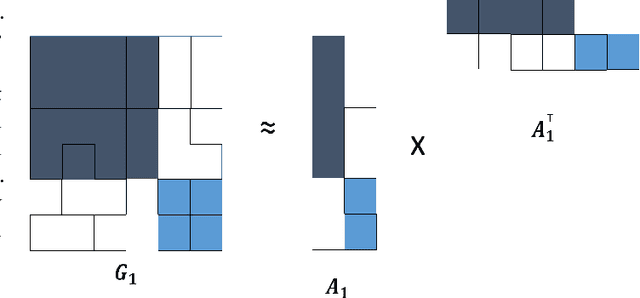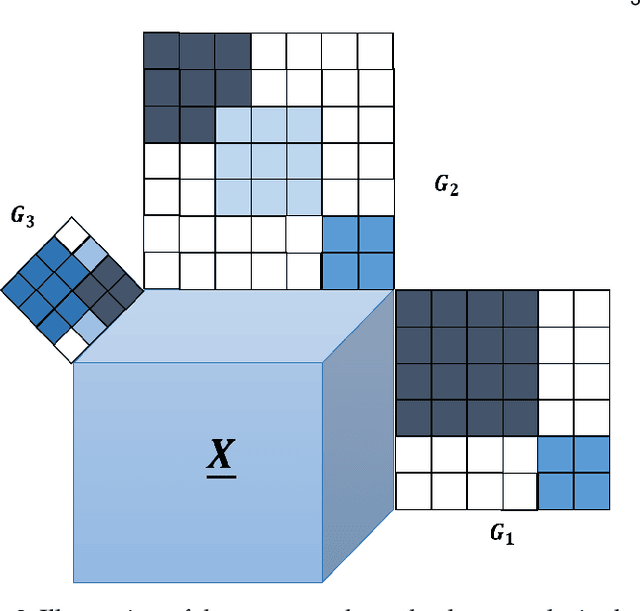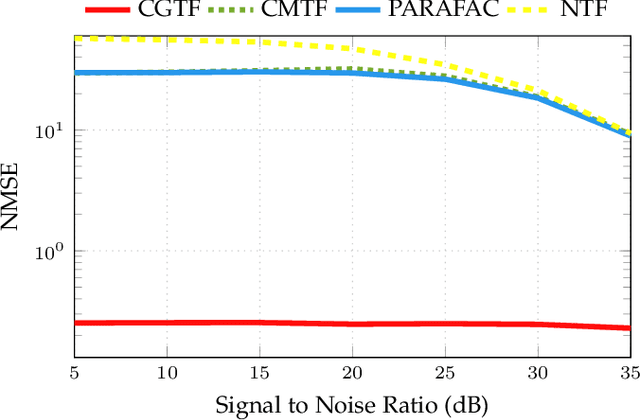Coupled Graphs and Tensor Factorization for Recommender Systems and Community Detection
Paper and Code
Sep 22, 2018



Joint analysis of data from multiple information repositories facilitates uncovering the underlying structure in heterogeneous datasets. Single and coupled matrix-tensor factorization (CMTF) has been widely used in this context for imputation-based recommendation from ratings, social network, and other user-item data. When this side information is in the form of item-item correlation matrices or graphs, existing CMTF algorithms may fall short. Alleviating current limitations, we introduce a novel model coined coupled graph-tensor factorization (CGTF) that judiciously accounts for graph-related side information. The CGTF model has the potential to overcome practical challenges, such as missing slabs from the tensor and/or missing rows/columns from the correlation matrices. A novel alternating direction method of multipliers (ADMM) is also developed that recovers the nonnegative factors of CGTF. Our algorithm enjoys closed-form updates that result in reduced computational complexity and allow for convergence claims. A novel direction is further explored by employing the interpretable factors to detect graph communities having the tensor as side information. The resulting community detection approach is successful even when some links in the graphs are missing. Results with real data sets corroborate the merits of the proposed methods relative to state-of-the-art competing factorization techniques in providing recommendations and detecting communities.
 Add to Chrome
Add to Chrome Add to Firefox
Add to Firefox Add to Edge
Add to Edge